The concept of "universal design" first evolved from barrier-free design concepts in the early 1960s. Since then, it has become a commonly adopted design method to maximise accessibility and usability of buildings, commercial products and environments without the need for modified or special design. It is a design concept that respects all users, and treats them equally regardless of their age, ability or status.
The Centre for Universal Design at the North Carolina State University has established the 7 principles of universal design:
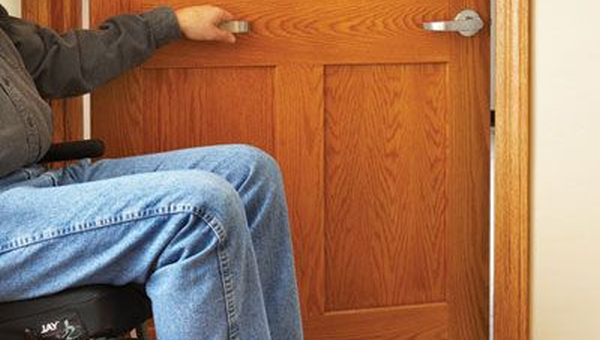
Equitable use.
-
Available for use by people with different physical strength
-
No labelling of users
-
Protection of privacy, sense of security and peace of mind for all
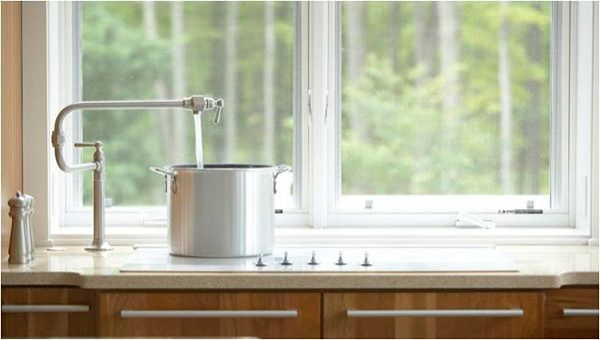
Flexibility in use.
-
To be used in a versatile manner, e.g. catering for the habits of left-handed and right-handed users
-
Ensure correct use even in an emergency
-
Flexible in design, enabling adjustment by different users
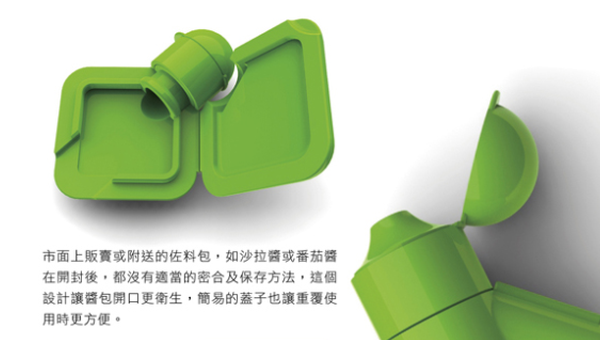
Simple and intuitive.
-
Hassle-free operation with clear instructions
-
Ready to use with minimum instruction or mental strain
-
Friendly to people with different levels of literacy and language skills
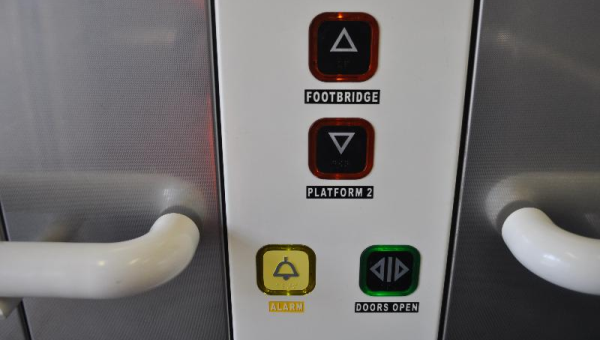
Effective Communication.
-
Information communicated with visual images, different languages and touch-screen techniques
-
Operation procedures available in a simple guide easily understood by any users
-
Usable by persons with sensory impairments through technological aids
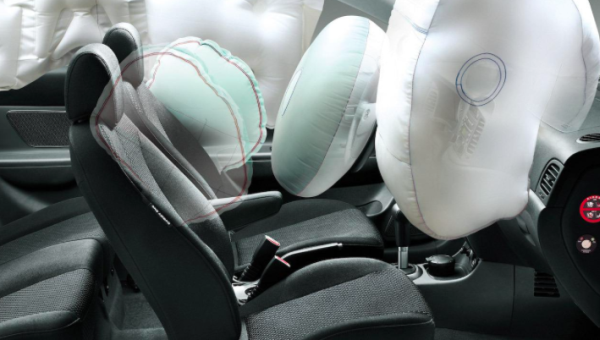
Tolerance for error.
-
Anticipation of possible errors in operation and hidden risks
-
Warning signals to alert error or danger
-
Automatic safety devices to guard against mechanical failures
-
Rectifying measures available
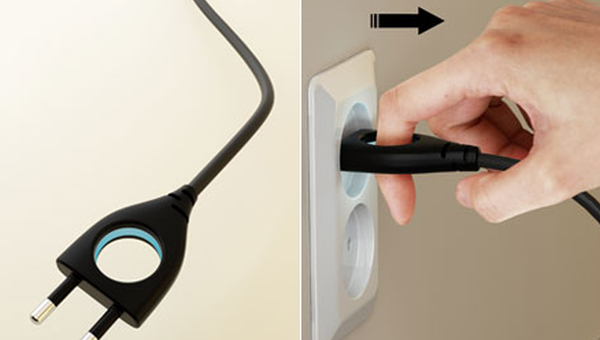
Strength-saving operation.
-
Ensure operation by the user in a natural posture
-
Reduce repetitive movements
-
Reduce burden on the body
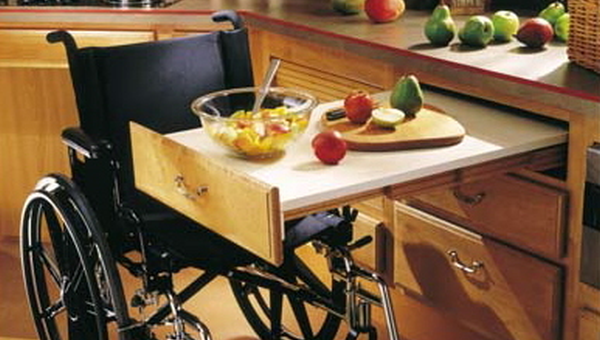
Suitable dimensions.
-
Clearly visible to all whether sitting or standing
-
Easily operated when sitting or standing
-
Easily held by any grip strength
-
Sufficient space for helpers to operate or to use supporting aids
(Source: Sheryl Burgstahler, Ph.D. (2015) Universal Design: Process, Principles, and Applications, University of Washington.)
There are Illustrations to show how these principles may be applied to the design of elderly homes.






